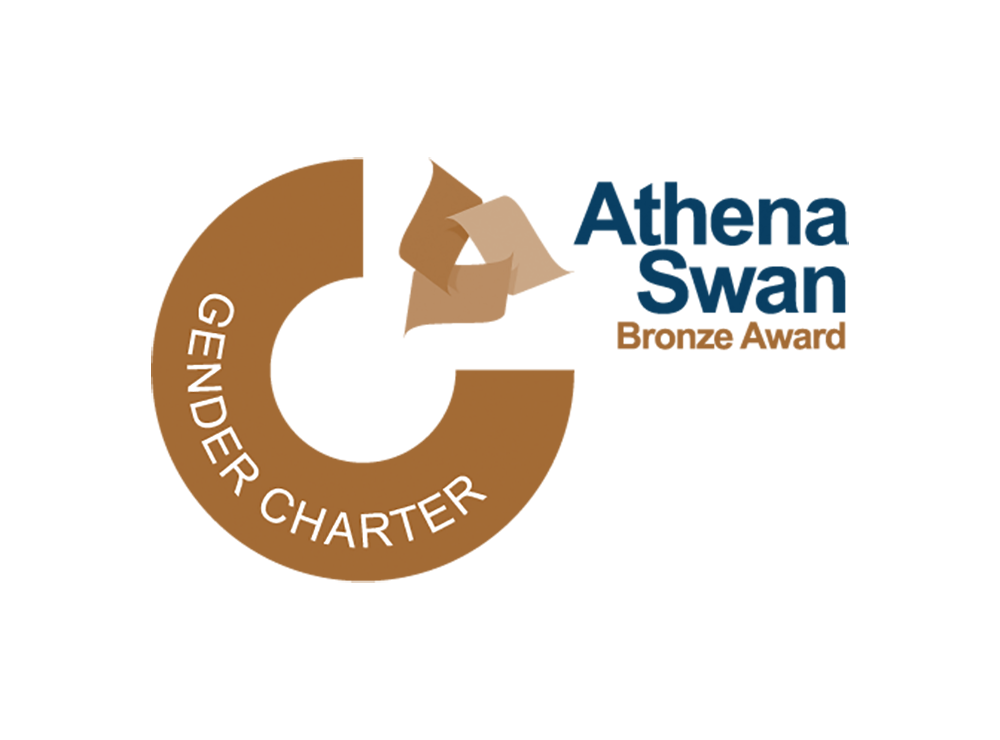During the 1st millennium BCE, migrant communities from the Korean Peninsula entered Japan, introducing an extensive culture package which significantly changed life within the archipelago. A substantial element of this cultural package was rice and millet agriculture; the dispersal of which occurred through a mixture of demic and cultural diffusion across Japan. This process led to different responses amongst the incumbent population of complex hunter-gatherers, the Jomon people. Some areas saw marked delays in adoption compared with others in this new subsistence strategy and in others the early adoption of farming was followed by reversion to a predominantly hunting and gathering economy. The geographically diverse response to the introduction of rice and millet agriculture is generally assumed to be reflecting the underlying variation in the environmental and climatic settings of the Japanese islands. However, this assumption remains untested, and further exploration of the relationship between environmental and social factors is required to illustrate the diversity of local responses. This paper contributes to this research agenda by exploring how environmental suitability for rice agriculture impacted the spatial distribution of archaeological sites in the Yayoi period. We employ both mechanistic and correlative ecological niche models to elucidate on the suitability of the environment of Japan to rice and the spread of agriculture. The mechanistic through modelling of temperature via the accumulated heat unit growing degree days. The correlative through Bayesian species distribution modelling for Japonica rice using different proxies for its presence: paddy field sites and stone sickles The comparison and exploration of these different lines of archaeological evidence will offer a robust inferential framework for reconstructing the ecological and cultural factors that promoted or hindered the diffusion of rice farming in prehistoric Japan.


